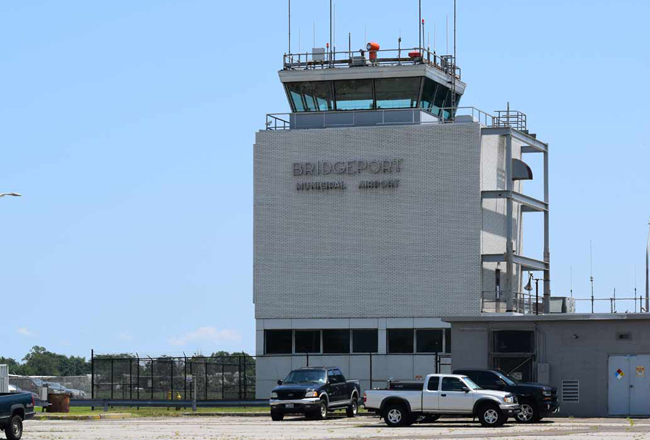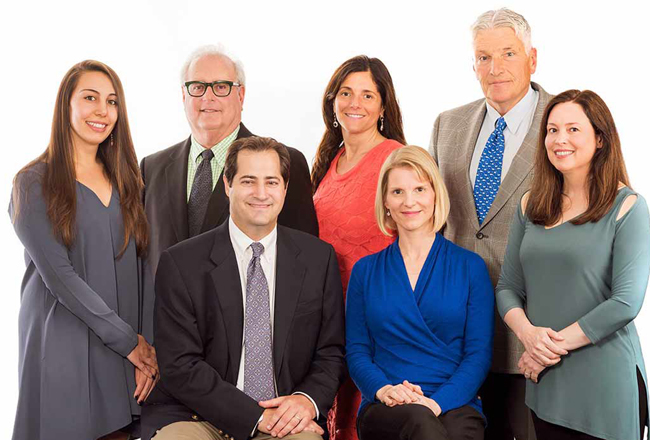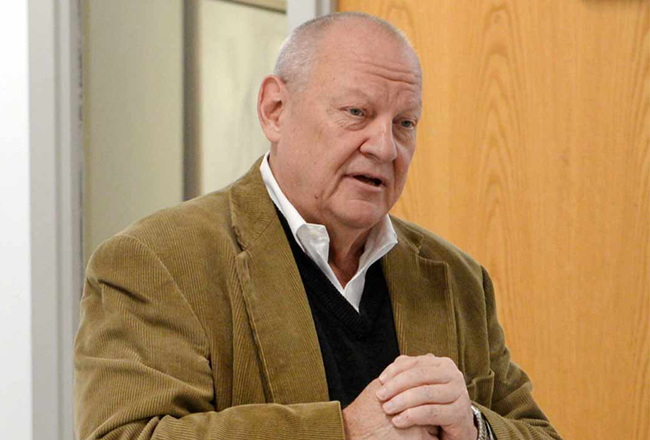
Over the past month, the three airports based along the Connecticut shoreline have seen an abrupt increase in attention, with a rising volume of talk about bringing a new wave of commercial air routes to these destinations. However, a prominent airline industry expert is warning that this attention might be an unwise expenditure of enthusiasm, with attention being taken away from a sector that could prove lucrative to these facilities.
One of the goals of Bridgeport Mayor Joe Ganim since his return to office in 2015 is to restore commercial flights to Sikorsky Memorial Airport, which is owned by the city but located in neighboring Stratford. Although no airline has expressed any interested in the site ”” the last commercial flight was in 1999 and the airport would need to create a new passenger terminal to accommodate new activity ”” Ganim and members of his administration met in Washington recently with the Federal Aviation Administration with the goal of making Sikorsky more attractive to the aviation world.
Roughly a half hour along I-95, Tweed New Haven Airport was back in the news recently when the U.S. Court of Appeals for the Second Circuit issued a 23-page decision that voided a 2009 state statute limiting the airport”™s runway to 5,600 feet. Airport officials have repeatedly stated the airport would not be able to attract more commercial flights unless its runway was extended to at least 6,000 feet. Unless Connecticut Attorney General William Tong appeals the ruling to the U.S. Supreme Court, the appeals court decision will stand and the airport can begin its runway expansion.
And going further down I-95, Groton-New London Airport is being talked up by Tony Sheridan, chairman of the Connecticut Aviation Authority”™s (CAA) board of directors and CEO of the Chamber of Commerce of Eastern Connecticut. At Sheridan”™s urging, the CAA is conducting a survey of area businesses to determine interest in restoring commercial passenger service to Groton-New London Airport, something that has not been available since 2004.
According to Bob Mann, president of the airline industry consultancy R.W. Mann Inc. and a commentator on commercial aviation, the quantity of airports in a relatively small area is problematic. “It doesn”™t help if you divide the area three ways,” he observed.
A bigger problem, he continued, is the state of the airline industry, specifically the regional carriers that the modestly sized shoreline airports would be trying to lure. Mann pointed out that the airline industry is dealing with a shortage of pilots and the regional carriers are having the hardest time attracting cockpit talent.
“Pilots tend to gravitate to the highest paying and best career opportunities, which are probably not the smaller regional airlines,” he said. “They would go to the larger carriers or even to FedEx and UPS, which pay the highest salaries.”
And there are the economics of the regional carriers, which Mann noted skews more to business travel than tourism. He stated that these airlines are flying aircraft with a minimum of 76 seats and would be seeking out airports where their business travel-oriented flights can arrive and depart from at least three to five times a day, rather than once or twice daily. While the CAA highlighted the expanding corporate environment around the Groton-New London Airport area as making it an ideal destination for new commercial flights, Mann noted that argument does not work for Sikorsky and Tweed.
“A lot of people live there, but work in the city,” he said. “Many of those flights occur to work locations, not necessarily home locations.”
Sikorsky and Tweed also share a problem with many surrounding residents who rue the potential for increased noise pollution with more commercial traffic. “The airports may have decided to grow, but that may not be shared by their surrounding neighbors,” Mann added.
For Mann, the best possible goal for Connecticut”™s shoreline airports is a continuation of the main focus that they have been pursuing for years: business aviation.
“The business aviation space has been quite active since suffering in the 2008-2009 financial crisis,” he explained. “The business aviation market is robust. There is lots of room there and no indication that its growth is likely to stop, absent an economic decline.”
But even if the shoreline airports were to attract new commercial routes, Mann did not foresee it having any impact on Connecticut”™s largest airport, Bradley International Airport outside of Hartford.
“Bradley is almost as if it is in another state,” he said. “Getting there from the shoreline can be a chore, and its passenger makeup pulls from northern Connecticut, western Massachusetts and even New York state east of the Albany area.”






















Tweed airport has a 5600 foot runway with 1000 foot turf overruns at each end. Sikorsky has a 4700 foot runway with no room for FAA mandated overruns. Groton airport has a 5000 foot runway and no room for overruns. Tweed is the only shoreline airport that can offer major airline service as is being done by American airlines with flights to Philadelphia and Charlotte. Paving the overruns will cut down on weight restricted flights and allow more service to other hub airports such as O’Hare Chicago, Atlanta, Detroit and the DC area.
Both Sikorsky and Groton were served by commuter planes in the 19 seat category, they are no longer used by any of the major airlines.